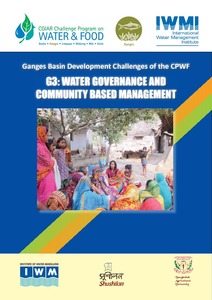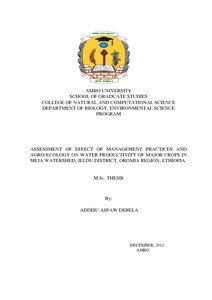Overview of G3: Water Governance and Community Based Management
The International Water Management Institute is the lead institute for the Ganges Basin Development Challenge research project titled Water Governance and community-based management in coastal regions of Bangladesh. This study is one out of five research projects in the Ganges basin commissioned and funded by the CGIAR challenge Program on Food and Water inundation, salinity intrusion and severe flooding in the coastal areas is a frequent occurrence in Bangladesh. This leads to loss of life and property as well as severe impacts on livelihoods.









